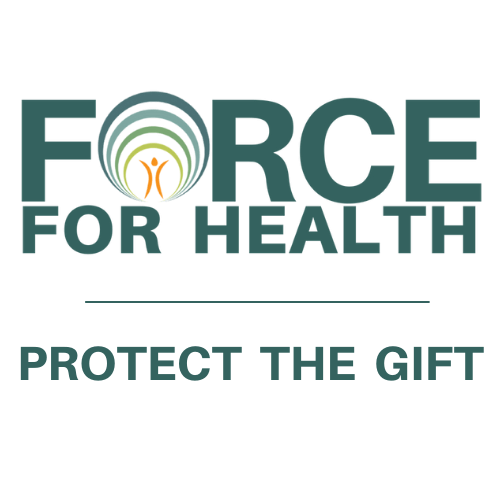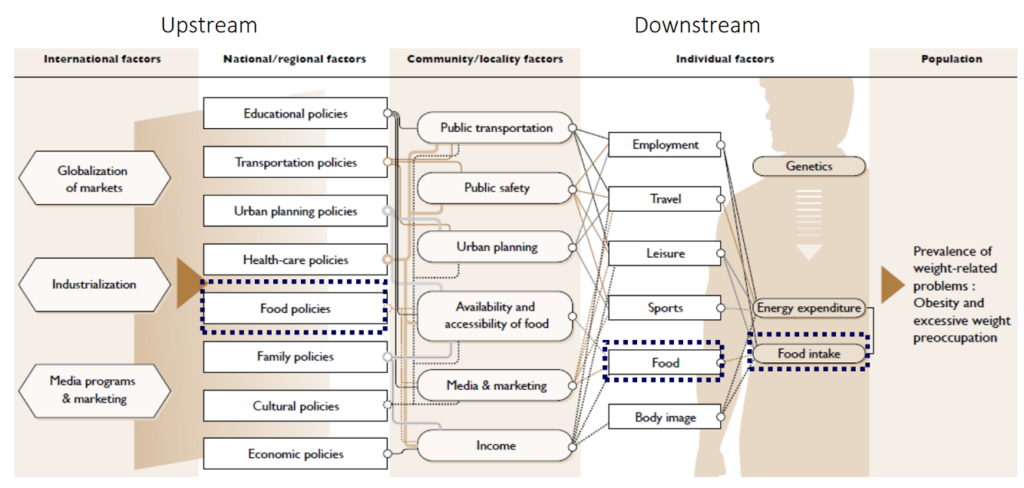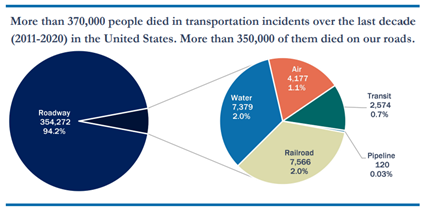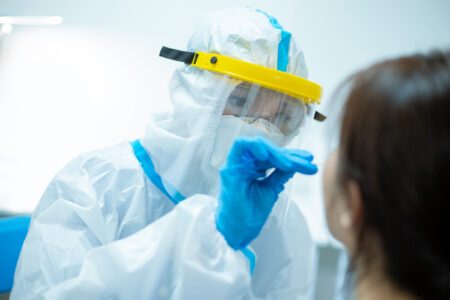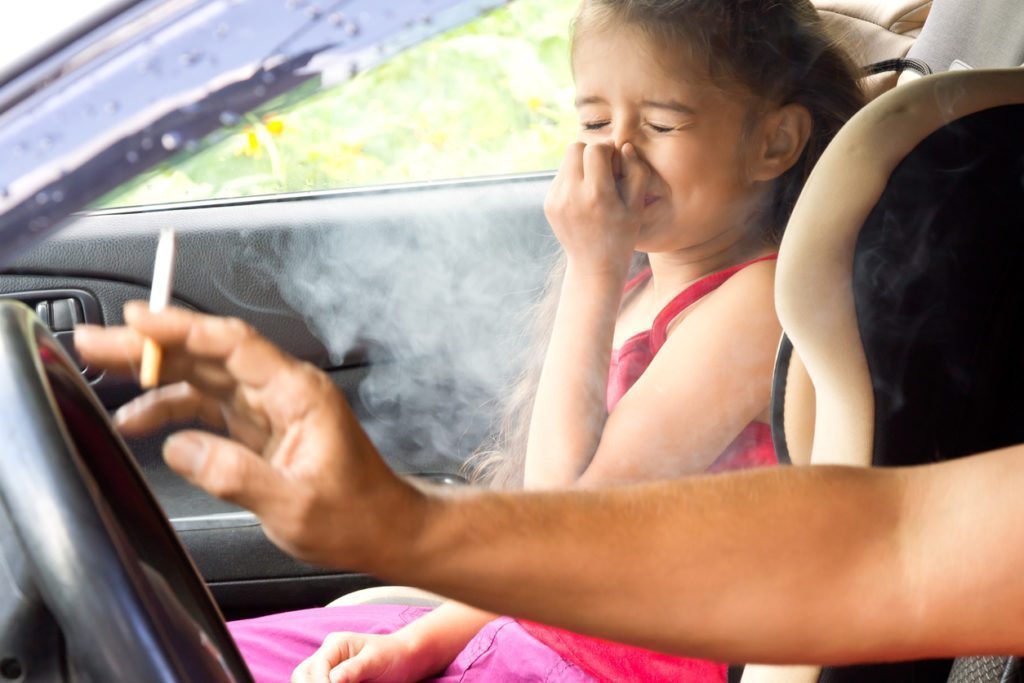Psittacosis: What Bird Owners in Arizona Need to Know About Parrot Fever and Staying Healthy
Psittacosis (“sit-uh-KOH-sis”), sometimes called “parrot fever”, is a zoonotic infection caused by the bacterium Chlamydia psittaci that is spread from birds to humans. While it can lead to severe pneumonia in people, most cases are mild. Common symptoms include dry cough, fever, chills, headache, and muscle ache.
Humans typically become infected after breathing in droppings or secretions from infected birds, which can get into the air during handling or cleaning of bird habitats. Less commonly, infection can occur through mouth-to-beak contact or bird bites. To reduce the risk of transmission, take the following precautions when handling birds or cleaning their environments:
- Wear personal protective equipment such as a facemask, face shield or goggles, and gloves.
- Disinfect bird bedding materials to prevent bacteria from becoming airborne.
- Practice good hand hygiene by washing your hands thoroughly after handling birds or cleaning their habitats.
Veterinary staff and bird owners are at higher risk of exposure, while individuals with weakened immune systems are more likely to develop severe illness.
In Arizona, Chlamydia psittaci has been identified in wild lovebird populations.. This infection is most commonly associated with pet birds in the parrot family -such as lovebirds, parakeets, parrots, and cockatiels – as well as poultry, like turkeys, chickens, and ducks. Birds housed outdoors are particularly at risk of exposure to infected wild birds. Recently, a case of C. psittaci was confirmed in a pet bird breeding flock in Pima County, which is known to sell birds throughout Arizona. If you’ve recently purchased a pet bird that seems ill, consider asking your veterinarian to test it for C. psittaci.
Tips for Bird Owners or Prospective Owners:
- Know the signs and symptoms: Familiarize yourself with the signs of psittacosis and talk to your healthcare provider if you feel ill after close contact with birds.
- Practice prevention: Always wash your hands after touching birds, their droppings, or cages.
- Choose responsibly: Purchase birds from a reputable seller that offers health guarantees and build a relationship with a trusted avian veterinarian to ensure your bird’s health.
By staying informed and taking simple preventative measures, you can protect yourself, your family, and your feathered friends. For more information on how to prevent psittacosis, please visit https://www.cdc.gov/psittacosis/prevention/index.html.

